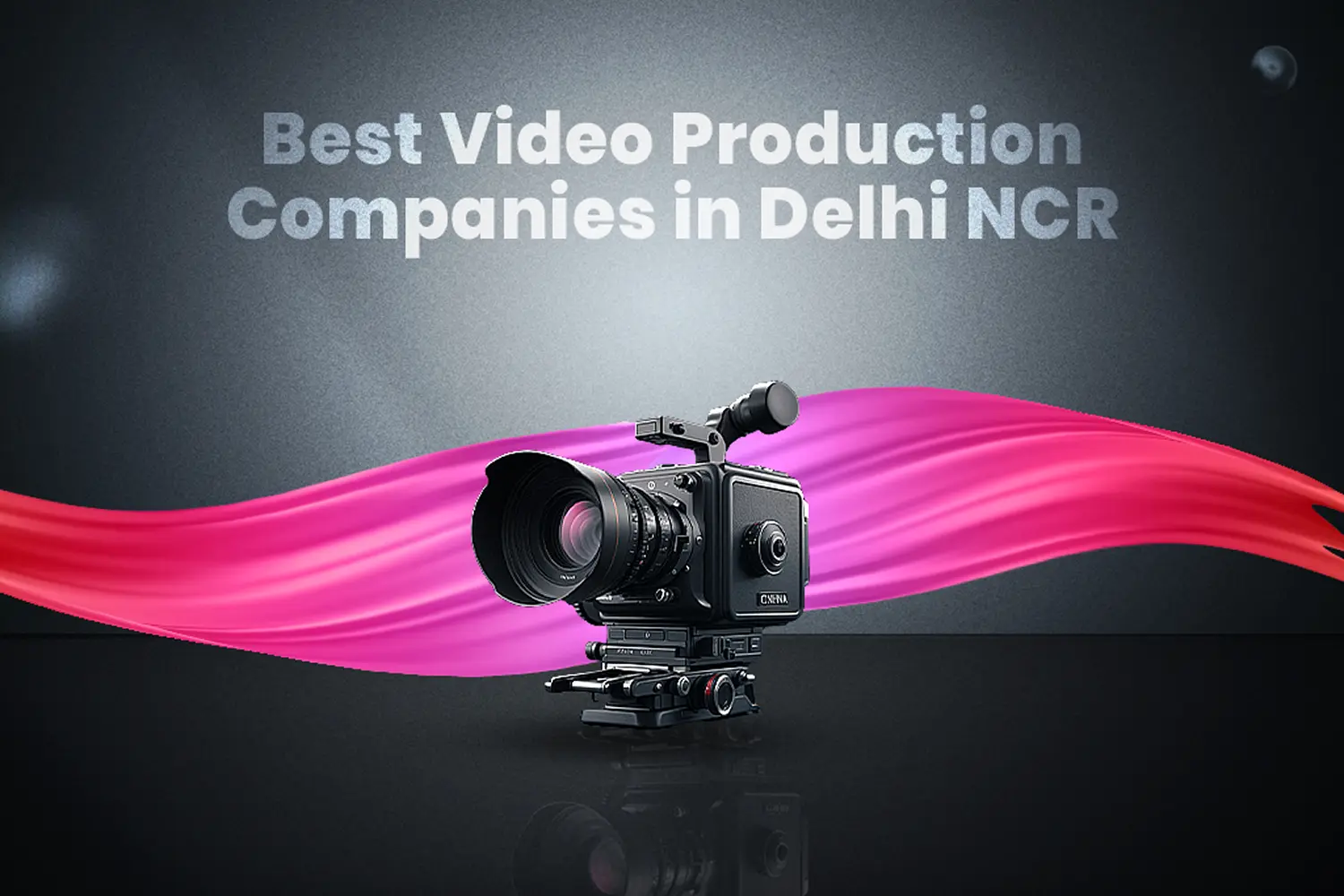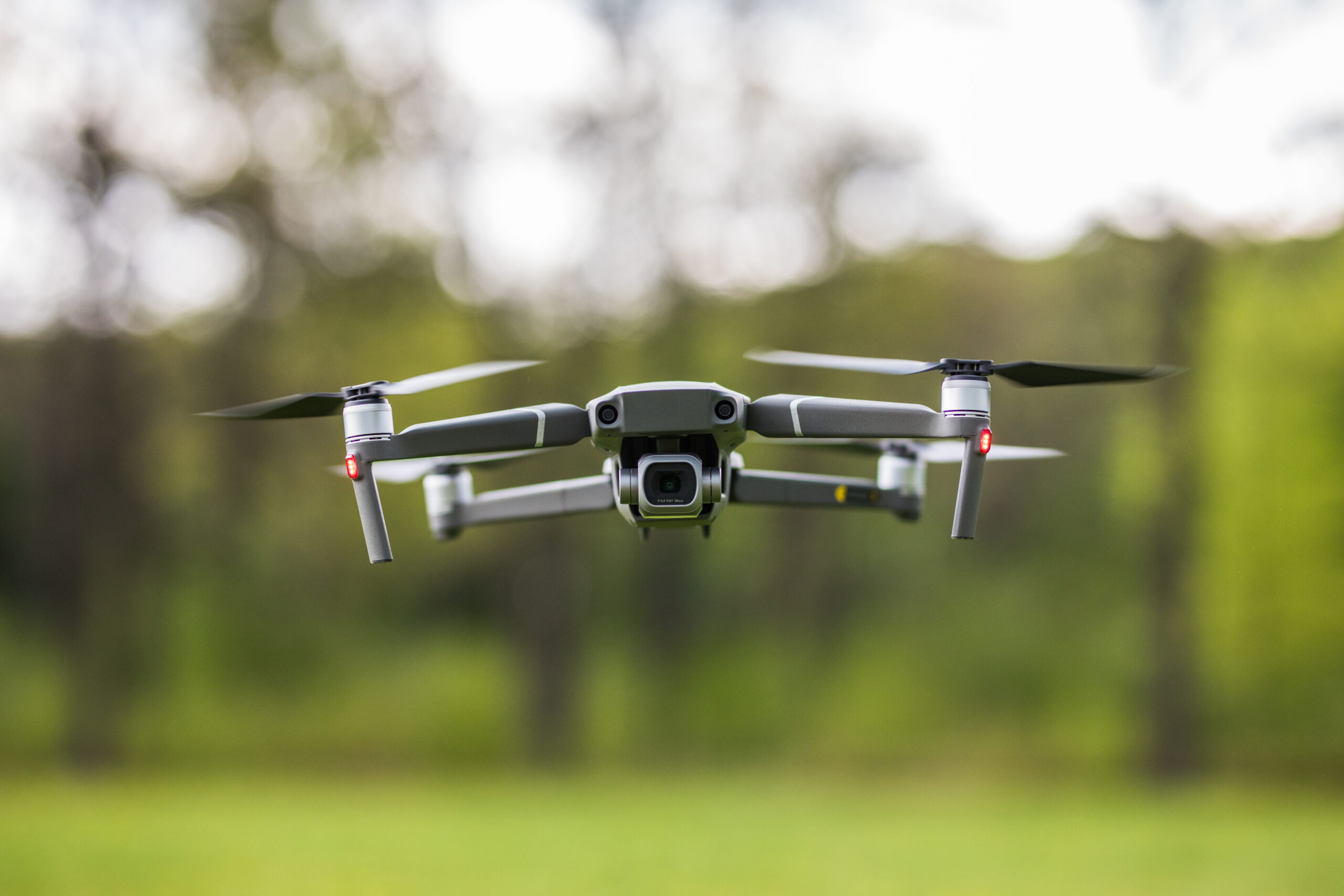When it comes to video production, you often hear about Blue Screen vs. Green Screen. These backgrounds allow filmmakers to replace the solid color with any image or scene in post-production. But how do you decide which one to use for your project? Each has its strengths and limitations, and understanding them will help you make the right choice
What is Chroma Keying?
Before diving into the differences between blue screens and green screens, let’s quickly discuss chroma keying. This is a technique where a specific color (usually green or blue) is removed from the video and replaced with a different background. It’s widely used in movies, TV shows, and even YouTube videos to create virtual environments or add special effects.
Why Green and Blue?
You might wonder why filmmakers stick to green and blue when choosing a background color. The answer lies in their distinct propertie
- Green: Green is the color least likely to match clothing, skin tones, and other elements in a shot. It also reflects light well, making it easier for cameras to capture clean, even footage. This makes it the go-to color for most video projects.
- Blue: Blue, on the other hand, is used when you have elements in the scene that would otherwise clash with green, like green costumes or props. It’s also a good option for darker, moodier scenes, as blue absorbs less light and doesn’t reflect as much as green.
When to Use Green Screen?
Green screens are popular for a reason. Here’s when they’re best suited for your film project:
- Darker Scenes: Blue screens work better in low-light settings or when you want a more natural look. They reflect less light, making them ideal for nighttime scenes or dimly lit shots.
- Avoiding Spill: “Spill” refers to the unwanted reflection of background color onto your subject. Blue screens create less spill than green ones, which is important for scenes where light might bounce off the background onto your subject, especially if they’re close to the screen.
- Clashing with Green: If your subject or props have any green elements, using a green screen can be problematic. A blue screen eliminates this issue. For example, if you’re shooting a scene with plants, forests, or characters wearing green costumes, blue is the better choice.
- Film Photography: In traditional film photography, blue was preferred because film stock is more sensitive to blue light. While this is less of a concern with modern digital cameras, it still comes into play when working with older equipment or projects that require a specific film look.
Challenges of Green and Blue Screens
While both green and blue screens are useful, they come with their own set of challenges. Being aware of these will help you plan your shoots better:
- Lighting Consistency: Both green and blue screens require even lighting to work well. Shadows, wrinkles, or uneven lighting can make post-production more difficult. Using extra lights and adjusting the screen’s positioning can help avoid these issues.
- Spill Management: Whether using a green or blue screen, spill can be a problem. The color from the screen might reflect onto your subject, making it harder to remove in editing. The closer your subject is to the screen, the more likely this is to happen. To avoid spill, try to keep some distance between the subject and the screen, and use lighting techniques to minimize reflection.
Practical Tips for Choosing Between Blue and Green
- Consider the Wardrobe and Props: If your scene features anything green, like costumes or props, choose a blue screen. On the other hand, if blue is prominent in your scene, go with green.
- Lighting Conditions: In well-lit environments, green screens usually perform better because they reflect more light. For darker scenes, or when trying to reduce spill, blue is the better option.
- Camera Type: If you’re using a digital camera, green might be the better choice because of the way cameras process the color. For older film cameras, blue tends to work better.
- Post-Production Time: Green screens are often easier to work with in post-production, especially when using modern editing software. If time is a concern, green might save you some effort.
Final Thoughts
In video production, both green and blue screens have their advantages. The right choice for your film depends on factors like lighting, subject matter, and the tools you’re using. Green screens are more commonly used and can save you time and money, while blue screens are better suited for darker scenes or when green would clash with elements in your shot.
By understanding when to use each, you’ll be better equipped to bring your vision to life and create seamless, professional-looking effects for your film.



